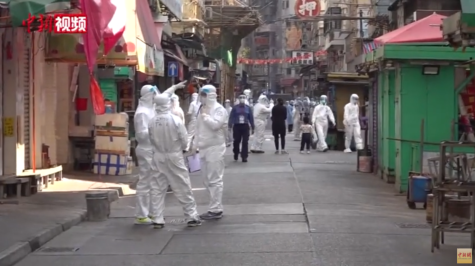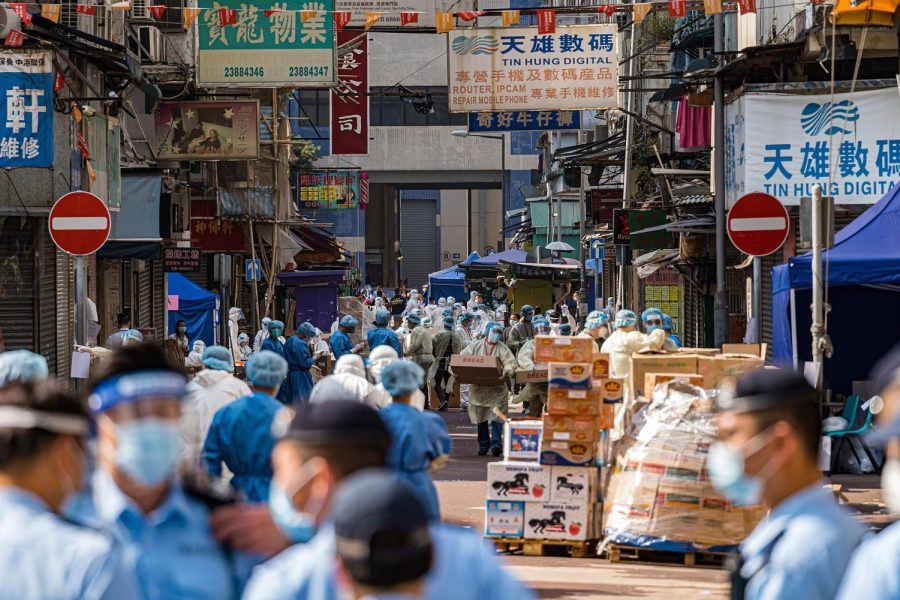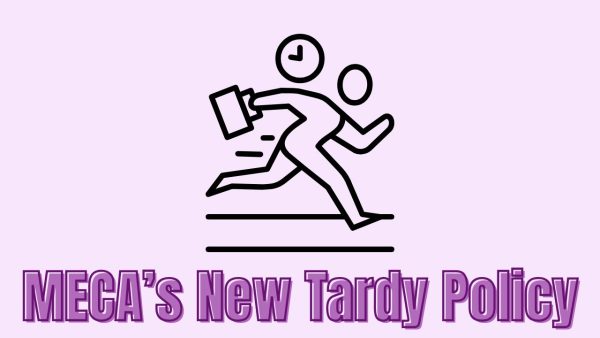China’s Zero Covid Policy
Image by Studio Incendo, Creative Commons License 3.0
A 50,000 square meter area in the Jordan district of Yau Ma Tei, Hong Kong is designated as a “restricted area”, with Chinese healthcare workers swarming to take control of a new outbreak.
Swift and precise lockdowns, close contact tracing, mass screening and border control were all part of China’s plan to maintain its extremely low COVID-19 cases. These methods to control the COVID-19 pandemic were undoubtedly strict and for the most part, were working. With a new surge of COVID-19 cases emerging from Beijing and Shanghai, residents have felt the full effects of the strict methods of containment.

When a district is locked down due to a positive COVID-19 case, Chinese healthcare workers supply quarantined residents with rations since they are not allowed to leave their neighborhood. These food supplies vary heavily, usually offering mushrooms and noodles alongside meat and vegetables. Not everyone was given the same amount of food, nor the same type of food.
The People’s Response
Residents in the cities that have the highest cases and strictest COVID-19 containment procedures have started to speak out and protest against the strict policies, in a country where freedom of speech and protest is restricted.

Videos such as Voices of April and Voice From Shanghai Lockdown (profanity warning) served as ways to document the grim reality of the effects of China’s strict policies on its citizens. More specifically, the Voices of April video was shared online on social media as a form of protest, leading to censorship and takedown of the video by Chinese authorities. This censorship only further fanned the flames of public dissent.
“In order to ensure the safety of positive patients returning home, after communicating with the Langfang City Center for Disease Control and Prevention,” the China News Service stated, “it is necessary to comprehensively and thoroughly kill the animals domesticated by positive patients as soon as possible.”
Residents in Beijing have been nervous of the Zero Covid Policy due to the Chinese government taking very drastic measures on the matter, from welding people shut in their houses to killing pets to stop the spread of Covid. This fear was due to a report of these pet killings, the Chinese government has now begun to order the euthanization of indoor pets that belong to COVID-19 patients.
“Keeping pets is a personal property, and entering the house to kill personal property is a problem,” a concerned Weibo (a Chinese blogging website) user commented, “What’s more, most people who keep pets regard their pets as family members, and you forcefully enter the house and kill their family members?”
Between December 22nd 2021 and January 7th 2022 in Hong Kong, the Chinese government rounded up nearly 2,000 hamsters from pet shops and owners. They were then euthanized due to fear of the rodents spreading the virus. This fear came after a pet shop employee was tested positive with COVID-19 alongside several hamsters in the same store.
The measures the Chinese government has gone to in order to keep their people safe and the people’s response to these measures has posed the ultimate question: will the casualties of China’s Zero Covid Policy outweigh the success?
Your donation will support the student journalists of Mt. SAC Early College Academy. Your contribution will allow us to purchase equipment and cover our annual website hosting costs.

Brandon Beetz-Gonzalez is a Sophomore at Mt. SAC ECA and this is his first year of being a part of the Chronicle staff. Brandon is actively involved in...

Maxwell Painter is a Sophomore at Mt.SAC ECA and has just joined The Academy Chronicle staff this year. Maxwell has also just joined the Red Cross Club...







